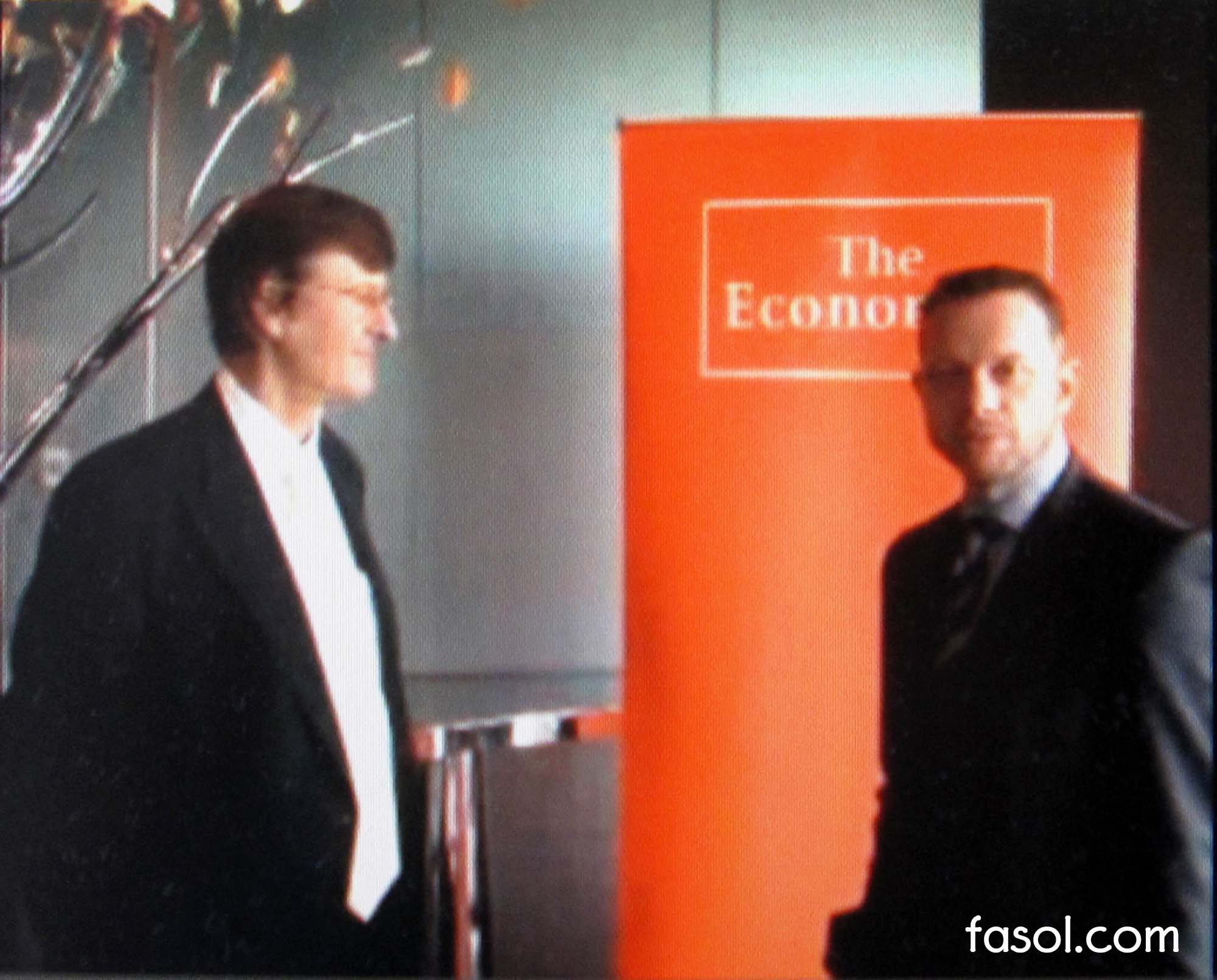Interview for The Economist
“Keeping the lights on – deregulation and Japan’s energy mix”
Japan energy policy – interview outline:
Japan energy policy Question: Is the new energy policy of Japan’s Government an appropriate response to the situation or a missed opportunity
Answer summary:The Government in its new strategy summarizes Japan’s energy situation and proposes a cocktail of different energy sources. Everyone knows that Prime Minister Abe is pro-nuclear energy, but that does not mean that he is against other energy sources, such as renewables. The new energy strategy paper though misses KPIs, Key Performance Indicators. There are no many numerical targets.
Japan energy policy Question: It is often repeated that Japan is poor in energy sources, is this true?
Answer summary:Yes, that is often repeated without thinking, and thats also the case in the introduction of the new policy paper. This is only true as long as we restrict our view to traditional carbon based primary energy sources such as oil, gas, or coal. But if we widen the view to renewables such as wind, water, solar, biomass, and geo-thermal energy sources, then Japan is actually very rich in primary energy sources, and could even aim for energy self-sufficiency. Off-shore wind alone would be sufficient to make Japan energy self-sufficient.
Just by repeating the statement many times, that Japan is poor in energy sources, does not make this statement true.
The new energy policy paper also starts out by saying the Japan is poor in primary energy sources. This is not true if we widen the view to renewable energy sources.
Japan energy policy Question: Re-engineering the electricity grid. Can you explain the concept?
Answer summary:The electricity grid has evolved over many years, maybe 100-150 years. The traditional architecture of the electricity grid is a top-down one-way distribution network from large central power station such as large coal-, gas- or oil-fired power stations or nuclear power stations, to consumers. The traditional electricity grid is similar to the arteries in the human body, where there is the heart in the center, and the arteries distribute the blood to the extremities. This traditional top-down grid has served us very well for a long time, but the time as come now to evolve the grid to the next stage. There will be more distributed power generation, which feed in electricity in the opposite direction from the extremities, and there will be more intelligence in the grid.
Japan energy policy Question: How do you see Japan deal in the future with supply and demand management, how do you see electricity prices evolve in Japan?
Answer summary:With the liberalization there will be more flexibility in the pricing of electricity and supply and demand management. Prices will not necessarily go down, but will depend much more on the timing of demand, on demand/supply management, or on the value of electricity. For example, mission critical electricity consumers such as data centers or hospitals will need a different type of electricity supply, than washing machines in households. Demand/supply management and smart grid will manage the timing of less critical electricity usage.
Economist briefing “Keeping the lights on – deregulation, new and renewables and Japan’s energy mix” handouts
Japan energy market report:
Copyright 2014 Eurotechnology Japan KK All Rights Reserved

Comments and discussions